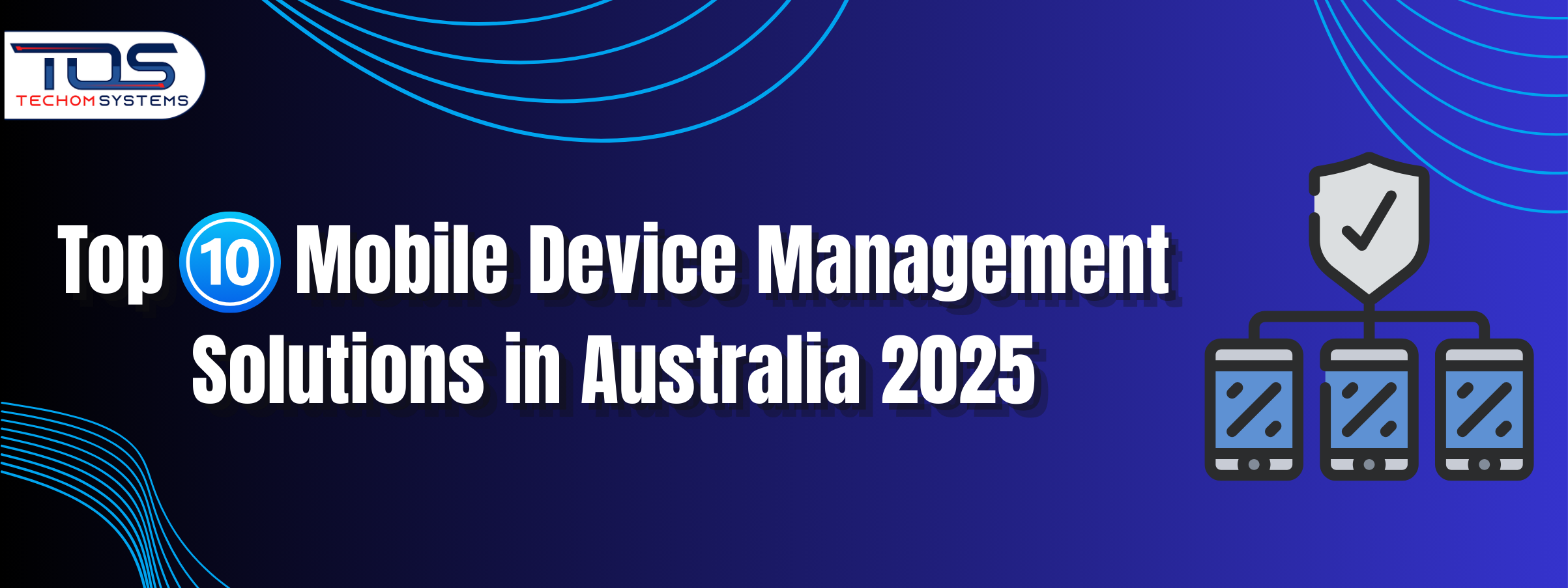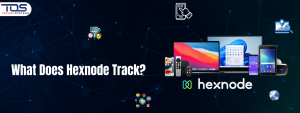Quick Summary: Having a hard time keeping all your team’s devices secure and organised? In 2025, that’s the reality for many Aussie businesses. With remote and hybrid work now the norm, managing smartphones, tablets and laptops across different locations is a challenge. That’s where Mobile Device Management solutions step in.
These Mobile Device Management services act like a control centre, protecting company data, giving visibility and making device management simple. From startups to growing enterprises, the right tool can save time, cut costs and ease the pressure of keeping everything secure.
Looking for the best Mobile Device Management solution for your business? Get a free consultation or talk to our expert today.
Do You Know?
- The average team now uses 5–10 devices per employee across hybrid networks.
- 70% of data breaches involve mobile endpoints, making MDM solutions critical.
- Industries like healthcare, finance, logistics, and education get the highest benefit from proper device management.
What Are Mobile Device Management Solutions?
You might be wondering: “Do I really need MDM if my team is small?”
Mobile Device Management solutions help you control and protect all the smartphones, tablets, and laptops your team uses. With these tools, you can monitor devices, enforce company security rules, and even wipe a device remotely if it’s lost or stolen.
Whether your team uses company-issued devices or personal devices under BYOD policies, MDM solutions make sure your important data stays secure.
Why You Need MDM in 2025
Imagine your team works from home, the office and client sites. Devices are constantly connecting to your network. One lost device or security breach could put sensitive data at risk.
Here’s why Mobile Device Management solutions are essential for you:
- Reduce cyber risks: Secure all mobile endpoints across your network.
- Protect intellectual property: Keep your files safe, even on personal devices.
- Ensure compliance: Meet Australia’s strict data privacy and security rules.
- Maintain operational efficiency: Manage all devices from a single platform.
- Support flexible working: Enable remote and hybrid work safely.
You May Also Like:Hexnode MDM is a Top Choice For Managing Your Devices
Types of Mobile Device Management Solutions
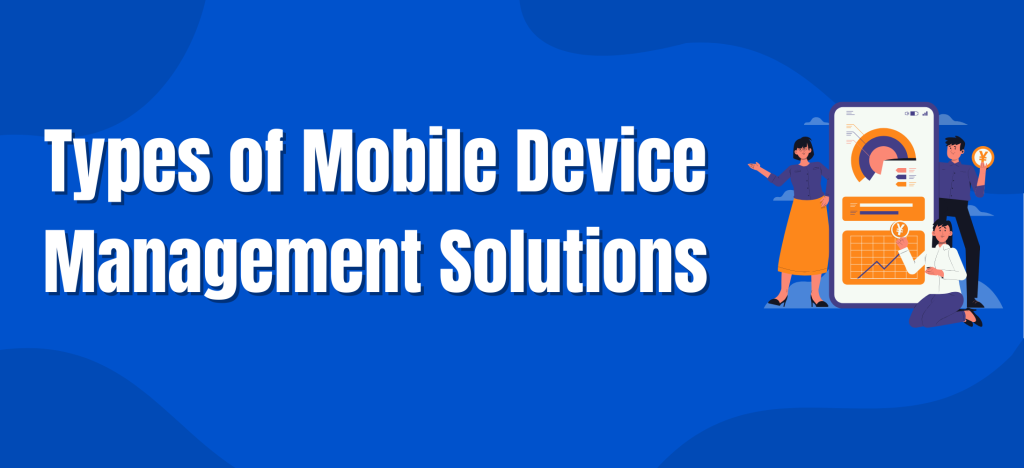
Before picking an MDM tool, it is important to know the different types of mdm solutions out there. Each type works best for different business needs. Understanding these will help you choose the right one for your company.
Here are the main types of mobile device management services or solutions available today:
- Cloud-Based MDM is hosted online and can be accessed from anywhere. This suits businesses with teams working from multiple locations.
- On-Premise MDM is installed on company servers. It gives more control and privacy but needs strong internal IT support.
- BYOD-Friendly MDM is made for companies where employees use their own personal devices for work tasks.
- Enterprise-Level MDM is designed for large businesses with thousands of devices and high security requirements.
Choosing the right mobile device management solutions depends on your company size, IT skills and security policies.
Business Case Justification
Using MDM can cut IT support tickets by up to 40%, improve compliance and reduce potential losses from breaches, saving you both time and money.
Key Factors When Choosing MDM Solutions
Here’s what I suggest you consider when selecting an MDM:
| Key Factor | Why It Matters | What to Look For |
| Device Compatibility | Ensure all your devices and OS work smoothly | Support iOS, Android, Windows, macOS |
| Easy Setup & Onboarding | Get your team using it quickly | Simple installation & clear guides |
| Strong Data Encryption & Remote Wipe | Keep your data safe | Advanced encryption & quick remote wipe |
| Real-Time Tracking & Reporting | Know what’s happening with your devices | Live alerts & detailed reports |
| Integration with Business Tools | Smooth workflows | Compatible with email, CRM, VPN |
| Local Support & Reputation | Quick help when you need it | Responsive team & positive reviews |
Top 10 Mobile Device Management Solutions in Australia – 2025
Looking for the best mobile device management (MDM) solutions in Australia this year? You’re in the right place. As businesses continue to embrace remote work, BYOD policies and tighter data security, choosing the right MDM tool is essential.
Here are 10 trusted MDM platforms Australian companies are using in 2025, each offering a mix of security, usability and scalability.
1. Microsoft Intune
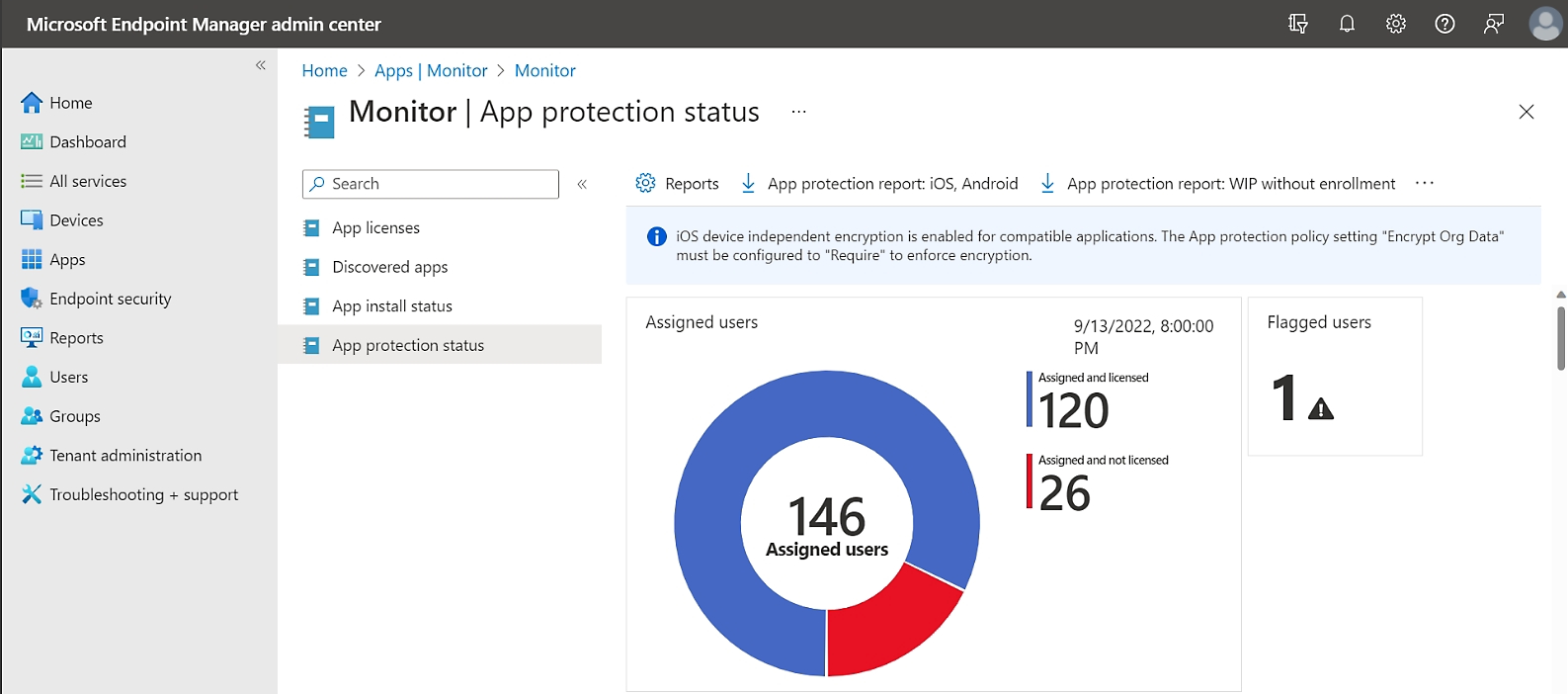
A leading choice for organizations using Microsoft 365. Intune offers seamless Cloud-Based Device Management, strong compliance features and deep integration with Microsoft services. For TECHOM Systems, Intune is a strategic fit—enabling secure, scalable solutions for clients already in the Microsoft ecosystem.
2. Hexnode MDM
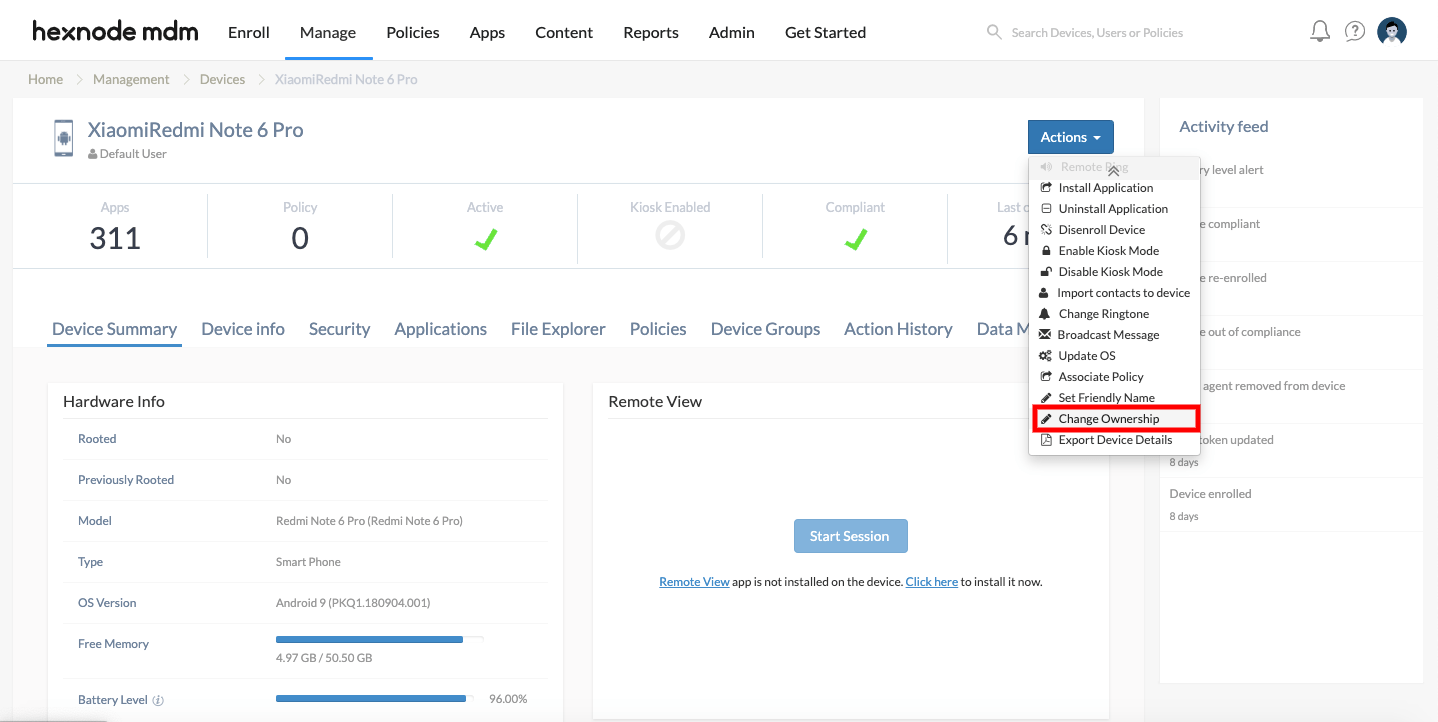
Hexnode stands out for its affordability and flexibility. With support for Android, iOS, Windows, macOS, and even IoT devices, Hexnode UEM offers centralized control and granular policy enforcement through a clean, intuitive dashboard. Whether you’re managing a small team or scaling across departments, Hexnode MDM provides a reliable, cross-platform solution that adapts to evolving business needs, making it a smart recommendation from TECHOM Systems.
3. Jamf Pro
Ideal for Apple-centric environments. Jamf simplifies the management of iPhones, iPads and Macs—especially popular in education and creative industries.
4. VMware Workspace ONE
A robust platform for large enterprises. It supports diverse device types, remote work and secure access with unified endpoint management.
5. IBM MaaS360
Trusted in sectors like healthcare. MaaS360 uses AI-driven insights to enhance data security and detect threats in real time.
6. Cisco Meraki
Known for its cloud-first approach. Meraki offers strong network security and easy deployment, making it a favorite among mid-to-large businesses.
7. SOTI MobiControl
Designed for rugged environments like logistics and field services. It ensures reliable performance and secure device handling in tough conditions.
8. Kandji
Focused on Apple devices, Kandji automates compliance and device setup—ideal for modern, hybrid workforces.
9. Scalefusion
User-friendly and feature-rich. Scalefusion supports multiple platforms and is well-suited for startups and scaling teams.
10. ManageEngine MDM Plus
A budget-friendly option for small businesses. It integrates easily with other IT tools and offers solid device control at a low cost.
Each solution brings unique strengths. TECHOM Systems can help clients assess their needs, whether it’s deep Microsoft integration or flexible multi-platform control and choose the right MDM strategy for long-term success.
People Also Like: How Does Hexnode MDM Revolutionise Your IT Management?
How to Pick the Best MDM for Your Team
Choosing the right Mobile Device Management (MDM) or Unified Endpoint Management (UEM) solution depends on your team’s size, industry and IT capabilities. Here’s a step-by-step approach TECHOM Systems recommends for selecting the best-fit platform:
- Assess device count: Start by identifying how many smartphones, tablets, laptops and other endpoints need management. Solutions like Hexnode MDM and Microsoft Intune scale easily from small teams to enterprise fleets.
- Check compliance rules: Consider the security standards your industry must follow—such as GDPR, HIPAA, or ISO. Tools like Intune offer built-in compliance policies, while Hexnode UEM provides customizable controls for regulated environments.
- Evaluate IT support: Determine how much internal technical support your team can provide. If resources are limited, choose an MDM with a user-friendly interface and strong automation—Hexnode MDM is known for its simplicity.
- Compare costs: Review pricing models, licensing flexibility and long-term ROI. Budget-conscious teams often prefer Hexnode, while larger enterprises may benefit from Intune’s integration with Microsoft 365.
- Verify local support: Ensure the provider offers responsive customer service and technical support in Australia. Local presence can make a big difference during deployment and troubleshooting.
Migration Phases to Consider
- Planning: Audit existing devices, define access levels and set security policies.
- Deployment: Install the MDM/UEM solution, configure devices and enforce policies.
- Monitoring: Use real-time dashboards and reports to track device health and compliance.
- Optimization: Refine policies, push updates and scale management as your team grows.
This structured approach empowers TECHOM Systems to deliver end-to-end MDM services, from strategic planning and deployment to ongoing monitoring and optimization, ensuring every client achieves secure, scalable and compliant device management.
Get expert guidance from TECHOM Systems to deploy the right Mobile Device Management (MDM) or Unified Endpoint Management (UEM) solution like Microsoft Intune or Hexnode MDM.
Why Teams Across Australia Trust TECHOM Systems for MDM & UEM
At TECHOM Systems, we help you make confident, informed decisions about your Mobile Device Management (MDM) and Unified Endpoint Management (UEM) strategy. Having worked closely with teams across Australia, we understand what businesses really need when it comes to managing devices securely and efficiently.
- We offer trusted MDM solutions like Microsoft Intune and Hexnode MDM to keep your devices secure, compliant and easy to manage.
- Our team helps you choose from the top 10 MDM platforms, based on your industry, team size and operational goals.
- Whether you’re a startup or an enterprise, we provide scalable support tailored to your environment.
- We deploy simple, fast and powerful tools that work across mobile phones, tablets and laptops.
- You’ll always have local support in Australia, real help when you need it, not just automated replies.
- We support both BYOD-friendly setups and enterprise-grade deployments, giving you full control over how devices are managed.
Frequently Asked Questions
#1: What are MDM Solutions?
Mobile Device Management solutions are tools that help businesses control, monitor and secure employee mobile devices remotely.
#2: Can MDM see my Browsing History?
MDM tools can track browsing activity only if they are set up with those permissions by your employer or IT team.
#3: What is an Example of an MDM?
Microsoft Intune is a popular MDM used by businesses to manage devices, apps and data across various platforms.
#4: Can MDM be Removed From Android?
Yes, but only with admin approval. Businesses install MDM to protect work data, so removal often needs company permission.
What’s Next? Take the First Step Toward Smarter Device Management
You have explored the benefits of Mobile Device Management (MDM), reviewed the top 10 MDM solutions and learned how platforms like Microsoft Intune and Hexnode MDM can transform how your team works. Now it’s time to take action.
Here’s a simple roadmap to get started-
- Evaluate your current setup: List all devices your team uses, smartphones, tablets, laptops and how they connect to your network.
- Identify your priorities: Are you looking for stronger security, easier remote access, or simplified compliance tracking?
- Talk to an expert: A quick conversation with an MDM specialist at TECHOM Systems can help match your needs with the right solution.
- Request a free consultation: Get personalized advice and a rollout plan tailored to your business, no pressure, just clarity.
- Plan your rollout: Use a phased approach, planning, deployment, monitoring, and optimization to ensure a smooth transition.
Taking these steps means you’re not just choosing a tool, you are building a smarter, safer, and more efficient way to manage your devices.
TECHOM Systems delivers trusted MDM services in Australia, helping businesses simplify device management, protect sensitive data, and support remote work with confidence.
Ready to secure your devices and simplify management?
Talk to our expert today at hello@techomsystems.com.au or request your free consultation and take the first step toward smarter device management.

A results-driven content strategist and IT writer with over 7 years of experience simplifying complex tech concepts into clear, actionable insights. Specialising in cloud computing, cybersecurity, and enterprise IT trends, he crafts content that bridges the gap between technical depth and business value.

